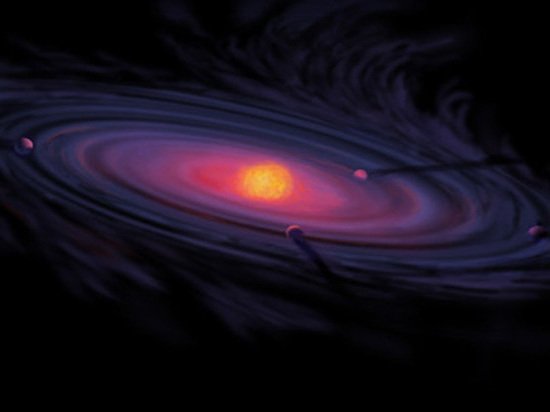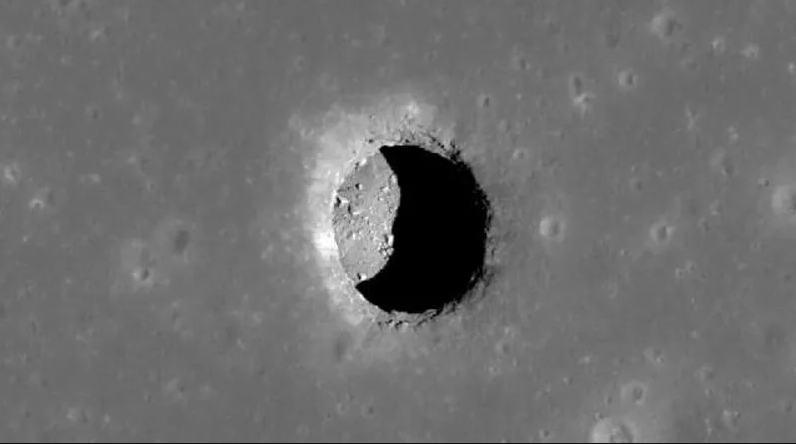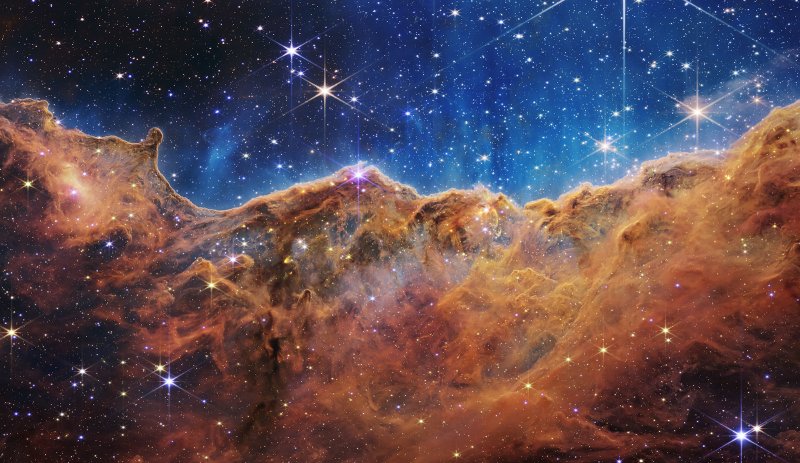
- A-
- A
- A+
Studied the atmosphere of one of the closest exoplanets like Earth
A group of researchers under the leadership of John Southworth from Keele University have studied the chemical composition of the recently discovered earth-like planets called GJ 1132b. It is a planetary system located not too far from us. As it turned out, the atmosphere of this planet consists mainly of water vapor and methane.
GJ 1132b was discovered in the constellation of the Sail at a distance of about 39 light-years from Earth — by cosmic standards it is almost next door. It is assumed that the planets of the Solar system it is more reminiscent of Venus. Exoplanet revolves around a red dwarf and is quite close to its star, causing its surface to be much hotter than on Earth.
Using the ground telescope at the La Silla Observatory in Chile, the team was able to gather information about the planet’s atmosphere and find out what the water vapor and methane are the main components of this dense and opaque atmosphere, and of clouds over the planet.
Scientists were able to clarify, and other characteristics of exoplanets —until recently she was supposed to be about 10 percent larger than Earth in diameter and one and a half times heavier by weight and the temperature on the surface was estimated to 100-300 degrees Celsius. New data indicate that in fact GJ 1132b in 1.35 times and 1.63 times heavier than our planet, and its surface heat to about 326 degrees. Such estimates, including the mean density of the planet in the constellation of the Sail is much smaller than was believed until recently.
According to scientists, the probability that the exoplanet is possible to meet those or other life forms is very low, but not zero — possible, these or other organisms might inhabit the coldest areas are presumably on the surface of the ocean.
The results of the study were presented in the pages of scientific publications of the Astronomical Journal.
Similar News
Links



 Elm TV
Elm TV
 Photo
Photo
 Video
Video





